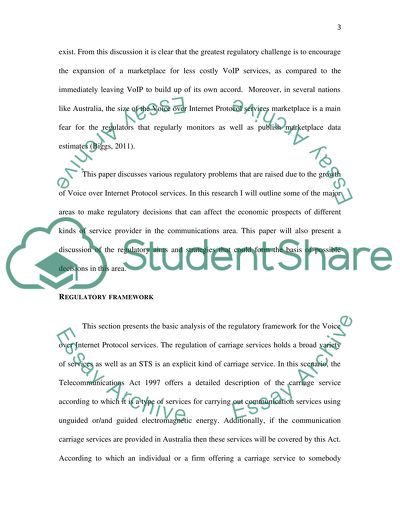Cite this document
(“Innovation and Regulation of Information and Communication Coursework”, n.d.)
Retrieved from https://studentshare.org/information-technology/1429876-innovation-and-regulation-of-information-and
Retrieved from https://studentshare.org/information-technology/1429876-innovation-and-regulation-of-information-and
(Innovation and Regulation of Information and Communication Coursework)
https://studentshare.org/information-technology/1429876-innovation-and-regulation-of-information-and.
https://studentshare.org/information-technology/1429876-innovation-and-regulation-of-information-and.
“Innovation and Regulation of Information and Communication Coursework”, n.d. https://studentshare.org/information-technology/1429876-innovation-and-regulation-of-information-and.


